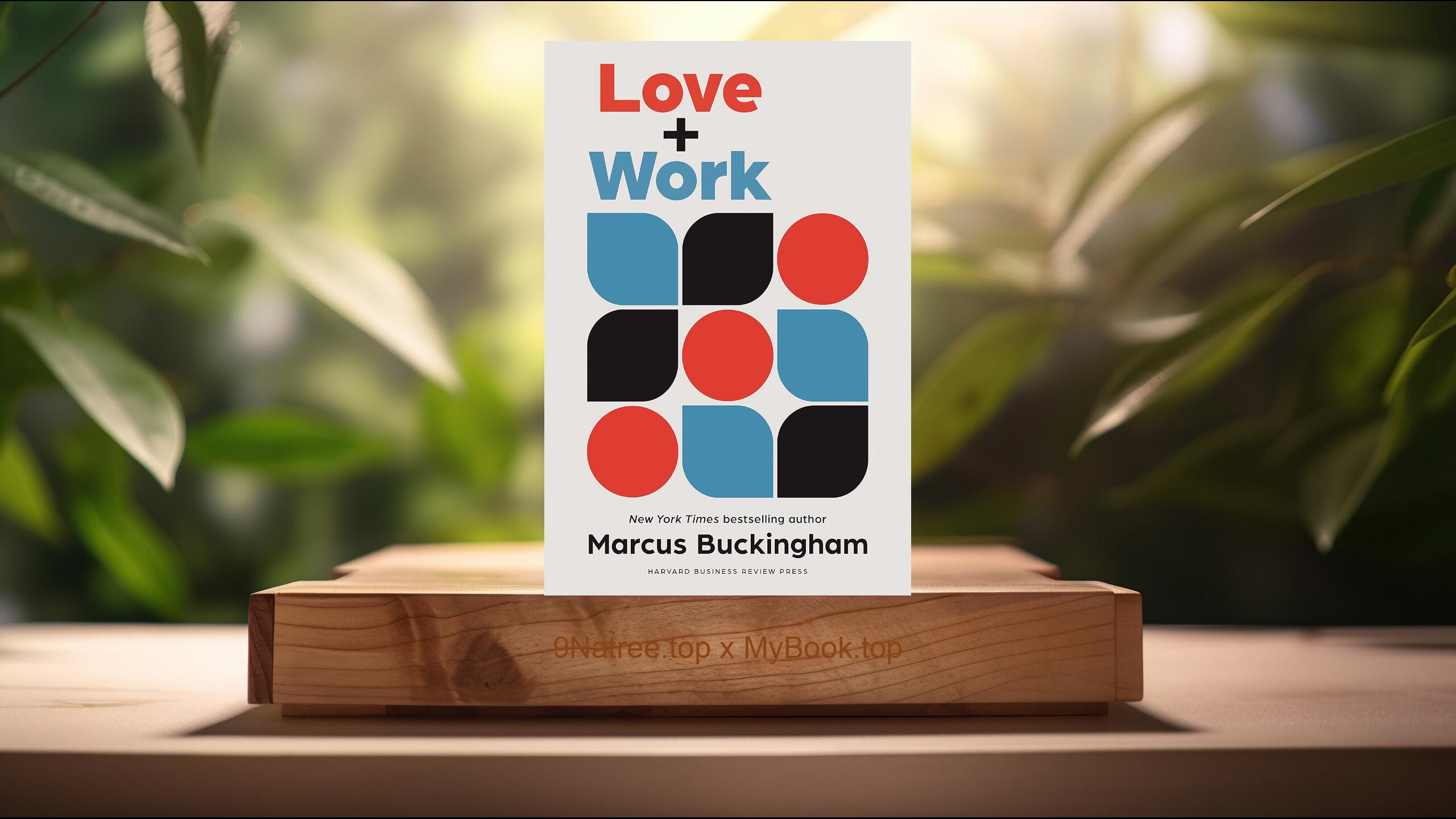Show Notes
- Amazon USA Store: https://www.amazon.com/dp/B08YNMK69N?tag=9natree-20
- Amazon Worldwide Store: https://global.buys.trade/Loving-What-Is%2C-Revised-Edition-Byron-Katie.html
- Apple Books: https://books.apple.com/us/audiobook/carlsons-cavaliers-book-2-revised-edition-when-the/id1005179937?itsct=books_box_link&itscg=30200&ls=1&at=1001l3bAw&ct=9natree
- eBay: https://www.ebay.com/sch/i.html?_nkw=Loving+What+Is+Revised+Edition+Byron+Katie+&mkcid=1&mkrid=711-53200-19255-0&siteid=0&campid=5339060787&customid=9natree&toolid=10001&mkevt=1
- Read more: https://mybook.top/read/B08YNMK69N/
#TheWork #selfinquiry #ByronKatie #cognitivedefusion #mindfulness #emotionalfreedom #personaltransformation #acceptance #LovingWhatIsRevisedEdition
These are takeaways from this book.
Firstly, The Four Questions of The Work, At the core of the book is a practical sequence of four questions designed to meet any stressful thought with clarity. The process begins with Is it true and continues with Can you absolutely know it is true. These first two questions slow the mind, pause reactivity, and invite honest seeing rather than automatic defense. The third question asks How do you react when you believe that thought, which brings attention to bodily sensations, emotions, and behaviors that arise from the belief. The fourth asks Who would you be without the thought, opening a direct glimpse of the same situation free from the story that hurts. Katie offers real conversations that model a gentle, curious tone. The questions are not about positive thinking or denial; they are an invitation to reality testing that anyone can perform. By answering in writing and staying still with each question, readers discover that suffering often comes from unquestioned thoughts, and that freedom arises not by changing the world, but by seeing clearly.
Secondly, The Turnaround Method and Finding Examples, After the four questions, the book introduces turnarounds, a structured way to explore alternative perspectives. A statement such as She does not respect me can be turned around to the opposite She does respect me, to the self I do not respect me, and to the other I do not respect her. The practice is to find genuine, specific examples where each turnaround may be as true or truer than the original belief. This is not a technique for blame or self shaming; it is a balancing lens that reveals blind spots and restores proportion. By collecting three concrete examples for each turnaround, readers train attention to notice overlooked evidence and to own their part in a dynamic. Katie stresses kindness and precision: no forcing, no arguing. The goal is humility and accuracy, which naturally soften resentment and defensiveness. Over time, turnarounds become creative invitations to action, such as living turnaround examples through apology, clearer boundaries, or simple acts of respect. The method transforms rigid narratives into flexible, compassionate understanding.
Thirdly, Healing Relationships Through Inquiry, The book devotes sustained attention to relationships, where stress is often most intense. Using The Work, readers investigate judgments about partners, family, colleagues, or public figures. By writing a specific thought, such as He should listen to me, the inquiry reveals unmet needs, unspoken requests, and projection. Question three maps how the belief drives tone, body tension, or withdrawal; question four imagines the same conversation without the stressful story, often revealing patience, clarity, and genuine listening. Turnarounds show practical next steps: I should listen to me may point to expressing needs more clearly, while I should listen to him may open curiosity about his perspective. The process does not ask anyone to tolerate harm or erase boundaries; rather, it clarifies what is your business and what is not, which paradoxically strengthens healthy limits. As blame recedes, compassion grows, and communication becomes simpler. The book’s dialogues demonstrate how inquiry can dissolve chronic conflicts, reduce reactivity, and rekindle connection without demanding the other person change first.
Fourthly, Bringing The Work Into Daily Life, Loving What Is is more than a set of ideas; it is a daily practice. Katie introduces the Judge Your Neighbor Worksheet to capture raw, unfiltered thoughts about a stressful situation. From there, readers move through the four questions and turnarounds slowly, often with a partner or facilitator for support. The book teaches how to notice the earliest signals of stress in the body and to pause for inquiry in the moment. Short forms of the questions can be used during busy days, while deeper sessions can be scheduled when time allows. The tone is meditative: answer, wait, let the mind show images and memories, and write what is revealed. Katie encourages living turnarounds as concrete experiments, such as offering the kindness you wanted to receive or keeping a promise to yourself. Over time, the practice becomes a reflex that replaces rumination with investigation. Readers learn to meet fear, anger, guilt, and shame with patience, and to integrate insights into choices about work, health, money, and purpose.
Lastly, What Is New in the Revised Edition and Why It Matters, The revised edition refines the language of The Work and offers updated conversations that reflect contemporary challenges. Readers will find clearer instructions for writing thoughts, pacing the questions, and distinguishing inquiry from self improvement strategies that rely on force. The new material emphasizes gentleness, safety, and consent in emotional exploration, making the practice accessible to a wider range of readers, including those new to inner work. Fresh examples illuminate how to apply inquiry to modern stressors such as digital overwhelm, polarized conversations, and fast moving change at home and work. The revisions underline a consistent message: do not believe any thought without investigation, and let lived reality be the teacher. The updated guidance on living turnarounds helps translate insight into daily action with humility and care. These refinements do not complicate the method; they make it simpler to learn, easier to remember, and more dependable under pressure, so the transformative potential of The Work can be realized in ordinary moments.
![[Review] Loving What Is, Revised Edition (Byron Katie) Summarized](https://episodes.castos.com/660078c6833215-59505987/images/2203151/c1a-085k3-7zxzv69nuzrg-etjpse.jpg)




